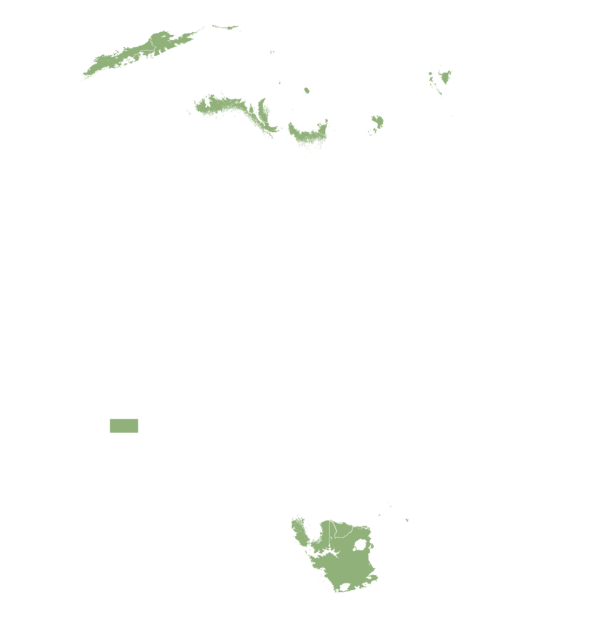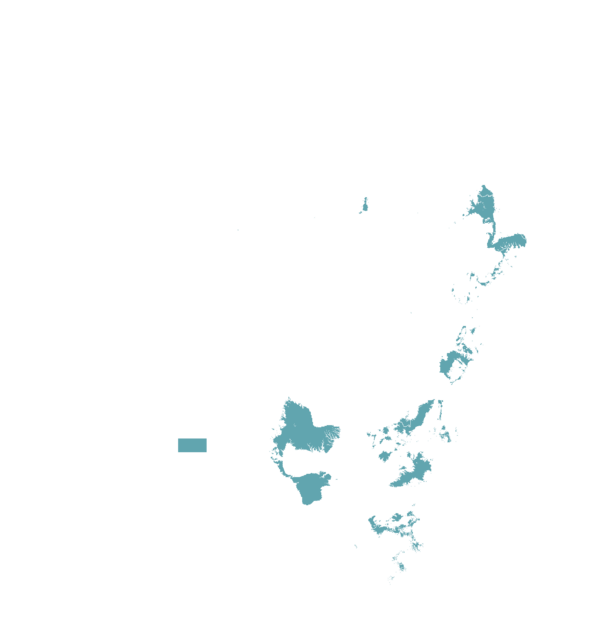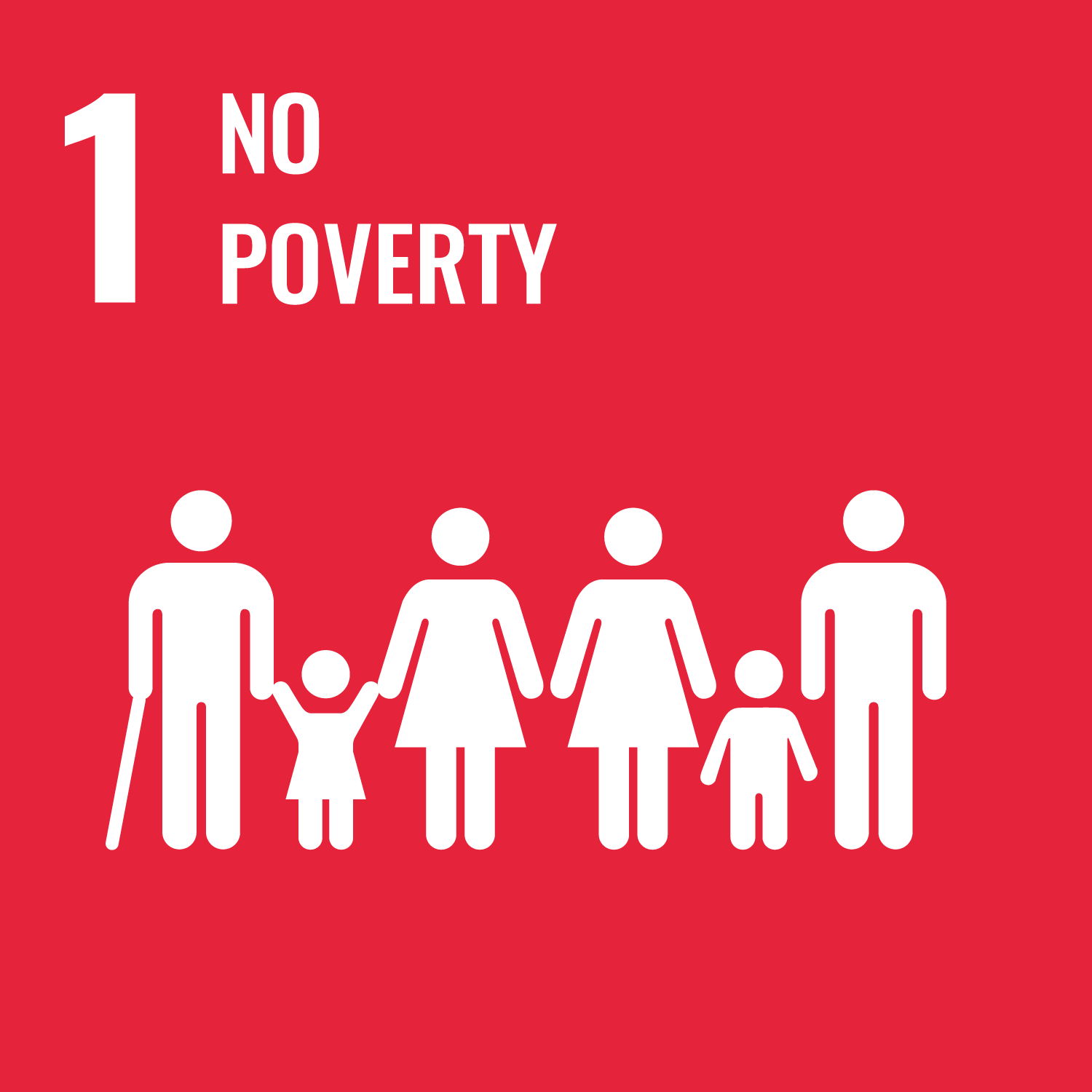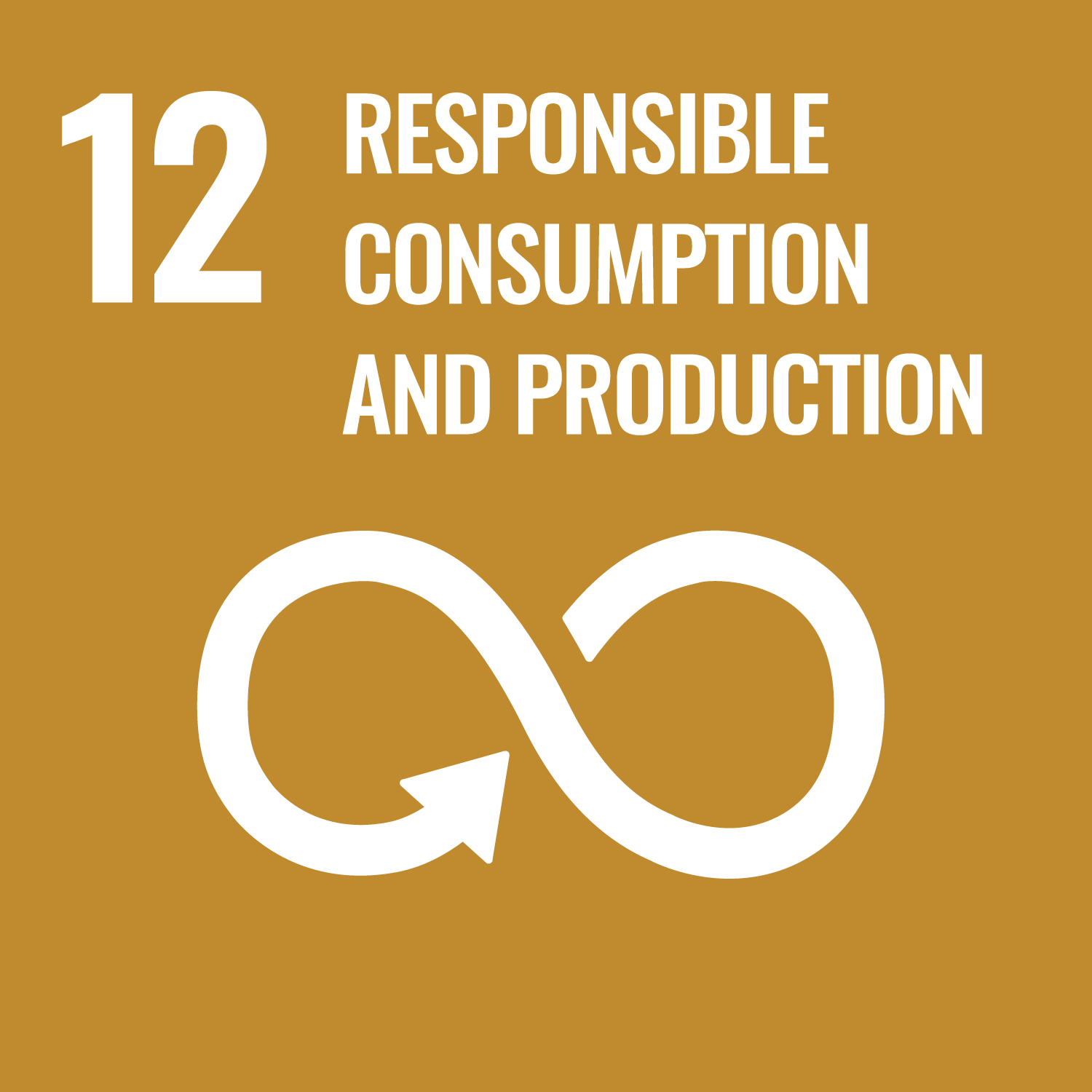

From Knowledge to Yield — Empowering Cassava Seed Systems.
Building Capacity is a practical, strategy-driven toolkit designed to strengthen cassava seed systems by addressing the core capacity gaps faced by seed producers. It offers tailored training resources, business development tools, and partnership frameworks to improve technical skills, market access, and regulatory collaboration. By equipping actors with the right knowledge and support, Building Capacity enhances seed quality, boosts productivity, and promotes a sustainable, profitable future for cassava and other vegetatively propagated crops.
This technology is pre-validated.
Capacity building for 1,350 farmers
Training manual development
Training Venue and other facilities
Facilitators Expense
Cost of printing the training materials
Unknown
The Building Capacity toolkit offers a clear path for strengthening cassava seed systems, helping seed producers improve operations and increase profitability through targeted capacity building.
To implement the Building Capacity toolkit effectively, seed producers can follow these steps:
By using the Building Capacity toolkit, seed producers can enhance seed quality, improve productivity, and build a sustainable and profitable seed system for cassava.
Adults 18 and over: Positive high
The poor: Positive high
Under 18: Positive medium
Women: Positive high
Climate adaptability: Highly adaptable
Farmer climate change readiness: Significant improvement
Biodiversity: Positive impact on biodiversity
Carbon footprint: Much less carbon released
Environmental health: Does not improve environmental health
Soil quality: Does not affect soil health and fertility
Water use: Same amount of water used
Scaling Readiness describes how complete a technology’s development is and its ability to be scaled. It produces a score that measures a technology’s readiness along two axes: the level of maturity of the idea itself, and the level to which the technology has been used so far.
Each axis goes from 0 to 9 where 9 is the “ready-to-scale” status. For each technology profile in the e-catalogs we have documented the scaling readiness status from evidence given by the technology providers. The e-catalogs only showcase technologies for which the scaling readiness score is at least 8 for maturity of the idea and 7 for the level of use.
The graph below represents visually the scaling readiness status for this technology, you can see the label of each level by hovering your mouse cursor on the number.
Read more about scaling readiness ›
Uncontrolled environment: validated
Used by some intended users, in the real world
| Maturity of the idea | Level of use | |||||||||
| 9 | ||||||||||
| 8 | ||||||||||
| 7 | ||||||||||
| 6 | ||||||||||
| 5 | ||||||||||
| 4 | ||||||||||
| 3 | ||||||||||
| 2 | ||||||||||
| 1 | ||||||||||
| 1 | 2 | 3 | 4 | 5 | 6 | 7 | 8 | 9 | ||
| Country | Testing ongoing | Tested | Adopted |
|---|---|---|---|
| Ghana | –No ongoing testing | –Not tested | Adopted |
| Nigeria | –No ongoing testing | –Not tested | Adopted |
This technology can be used in the colored agro-ecological zones. Any zones shown in white are not suitable for this technology.

















| AEZ | Subtropic - warm | Subtropic - cool | Tropic - warm | Tropic - cool |
|---|---|---|---|---|
| Arid | ||||
| Semiarid | ||||
| Subhumid | ||||
| Humid |
Source: HarvestChoice/IFPRI 2009
The United Nations Sustainable Development Goals that are applicable to this technology.




Last updated on 30 June 2025